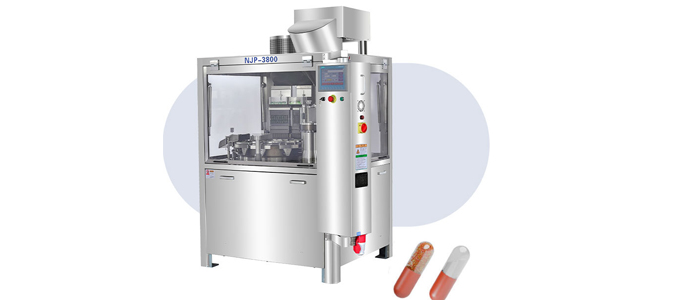
There are various capsule dosage forms in the pharmaceutical market. In addition to the common immediate-release dosage forms, sustained-release dosage forms are also common, which are designed to control the release of active ingredients in the body. Sustained-release capsules include delayed-release and other types, which are crucial to improving patient compliance and reducing the frequency of medication. This article helps you understand delayed-release dosage forms so that you can decide whether they are suitable for your pharmaceutical business.

Sustained-release capsules are a type of capsule dosage form designed through a special preparation process that can control the release of active ingredients at a specific rate in the body, aiming to prolong the duration of drug action, reduce the frequency of medication, and thus improve patient compliance.
Sustained-release capsules include delayed release, extended release, controlled release and other types. By precisely controlling the drug release process, more stable blood drug concentrations and longer-lasting drug effects can be achieved, which is of great value in optimizing dosing regimens and improving treatment effects.
Delayed-release capsules control the drug release rate through special formulation technology, allowing them to slowly and continuously release active ingredients in the body, thereby prolonging the efficacy of the drug and reducing the frequency of medication. Its mechanism of action mainly includes the following ways:
1. Coating sustained release: The drug particles or pellet cores are coated with sustained release membranes, and the drug release is controlled by the gradual dissolution of membrane pores or membrane materials.
2. Matrix sustained release: The drug is dispersed in an inert matrix, and the drug is slowly released as the matrix gradually dissolves or diffuses.
3. Osmotic pump system: The drug is released at a constant rate by using semipermeable membrane coating and osmotic pressure drive.
4. Multilayer sustained release: The capsule contains particles with different release rates, some of which take effect quickly and some of which release slowly to maintain a long-lasting effect.
Advantages and features of sustained-release capsules
Compared with ordinary preparations, sustained-release capsules have many advantages:
Maintain stable blood drug concentration: avoid the "peak and valley" phenomenon of blood drug concentration and reduce side effects
Prolong the duration of drug action: usually maintain effective concentration for 12-24 hours
Reduce the number of medications: from multiple times a day to 1-2 times a day
Improve patient compliance: especially suitable for patients with chronic diseases who take medication for a long time
Reduce gastrointestinal irritation: slow release reduces local irritation to the gastrointestinal mucosa
Precautions for the use of sustained-release capsules
Although sustained-release capsules have many advantages, you should also pay attention to the following when using them:
Do not break or chew them: This will destroy the sustained-release structure and cause sudden release of the drug.
Pay attention to the interval between doses: Strictly follow the doctor's instructions, and do not take double doses even if you forget to take the medicine.
Use with caution in special populations: The elderly and those with impaired liver and kidney function may need to adjust the dose.
Pay attention to drug interactions: Certain foods or drugs may affect the sustained-release effect.
Sustained-release capsules are becoming more and more popular nowadays. If you want to invest in this field, you must understand how they work. And you should make sure that they are suitable for your customers' needs. If you want to find a reliable Automatic Capsule Filling Machine, please contact Urmachine. We offer a range of capsule filling machines to meet your production needs.

GET A QUOTE